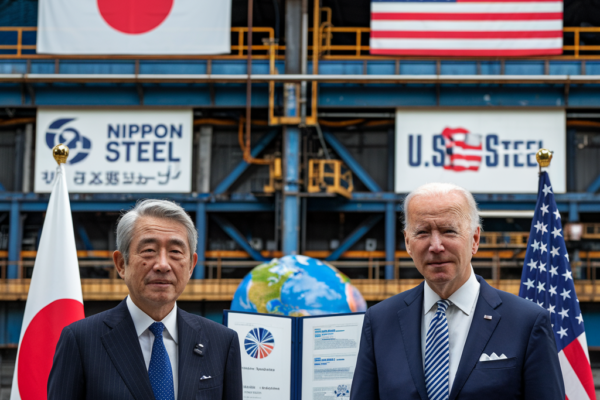- Strategic Shift: Intel, facing an unprecedented slump, is exploring strategic options like division splits and mergers & acquisitions (M&A) to revitalize growth.
- Market Volatility: The semiconductor industry is experiencing heightened competition and volatility, with the tech M&A market poised for a rebound in 2024 driven by generative AI.
- Division Splits: Splitting into focused subsidiaries, like AMD’s restructuring, could allow Intel to concentrate on high-margin products and improve competitiveness, but risks operational disruptions.
- M&A Potential: Acquisitions, similar to Qualcomm’s strategy, could help Intel acquire new technologies, expand market presence, and enhance its competitive edge, though integration challenges exist.
- Historical Precedents: AMD’s turnaround through restructuring and Qualcomm’s acquisitions demonstrate the potential benefits and risks of Intel’s considered strategies.
- Workforce Impact: Division splits and M&A could affect workforce morale, talent retention, and productivity due to organizational changes and uncertainty.
- Stakeholder Reactions: Investors, suppliers, and customers will closely monitor Intel’s strategic decisions, with potential for increased confidence or market volatility based on outcomes.
- Innovation Imperative: Emerging technologies like generative AI present growth opportunities but also intensify competition, necessitating rapid innovation and agility in Intel’s strategic choices.
- Execution Challenges: The effectiveness of Intel’s strategies will depend on their execution and alignment with long-term goals, as historical restructuring efforts have not always yielded desired results.
- Future Outlook: Intel’s ability to execute its strategic shifts effectively will be critical in determining its future success and long-term competitiveness in the dynamic semiconductor industry.
Intel’s Strategic Pivot: Splits and M&A Amid Industry Slump





